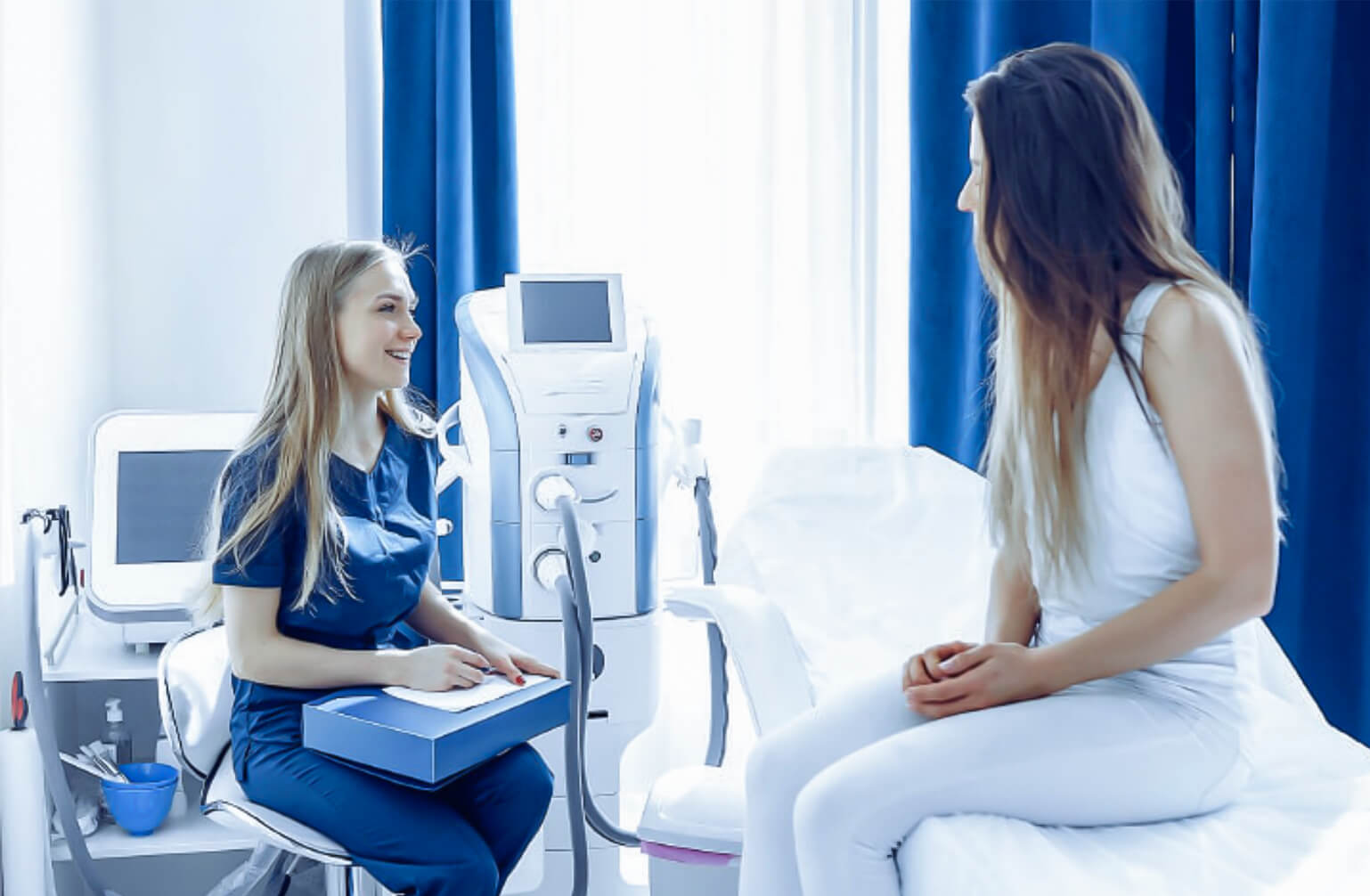At Blueiot, we understand the importance of efficient healthcare operations and patient care. That's why our team is dedicated to developing innovative solutions that leverage cutting-edge technologies like Bluetooth AoA (Angle of Arrival) . In this article, we will explore the role of Bluetooth AoA in healthcare facilities and how Blueiot's advanced real time Location System (RTLS) healthcare solutions can revolutionize healthcare operations.

Understanding Bluetooth AoA and its Role in Healthcare
Bluetooth Angle of Arrival (AoA) technology is a game-changer in the healthcare industry. By accurately determining the location of Bluetooth devices in real time, Bluetooth AoA enables precise tracking and monitoring of personnel, patients, and medical assets within healthcare facilities. This technology offers numerous benefits, including improved workflow efficiency, enhanced patient safety, and optimized resource allocation.Our team at Blueiot has harnessed the power of Bluetooth AoA to develop advanced RTLS in healthcare solutions that have a significant impact on improving patient care and workflow efficiency.
Revolutionizing real time Location Systems (RTLS) in Healthcare
Traditional RTLS solutions often face limitations in accuracy, scalability, and interoperability. However, with Blueiot's RTLS in healthcare solutions powered by Bluetooth AoA, we are able to overcome these challenges. Our advanced RTLS system offers real time tracking and precise location data, enabling healthcare facilities to monitor the movements of both stationary assets and personnel. By seamlessly integrating with existing healthcare systems, our RTLS solutions provide enhanced visibility and control over healthcare operations.
Enhancing Patient Care and Workflow Efficiency with Blueiot's RTLS in healthcare Solutions
With Blueiot's RTLS in healthcare solutions powered by Bluetooth AoA, healthcare facilities can enhance efficiency and improve patient care. With real time tracking of assets and personnel, healthcare providers can ensure timely delivery of medical equipment, reduce asset loss, and streamline patient flow. This leads to improved patient experiences, reduced waiting times, and optimized resource allocation. Our RTLS in healthcare solutions have been successfully implemented in various healthcare facilities, driving positive outcomes and improving operational outcomes.
Conclusion
At Blueiot, we are committed to advancing healthcare operations and improving patient care through our innovative RTLS in healthcare solutions powered by Bluetooth AoA technology. By leveraging the power of real time tracking and precise location data, our solutions enable healthcare organizations to optimize their workflow, improve resource allocation, and ultimately provide better experiences for patients. At Blueiot, we are committed to revolutionizing healthcare operations through innovative technology solutions tailored to the unique needs of the healthcare industry.